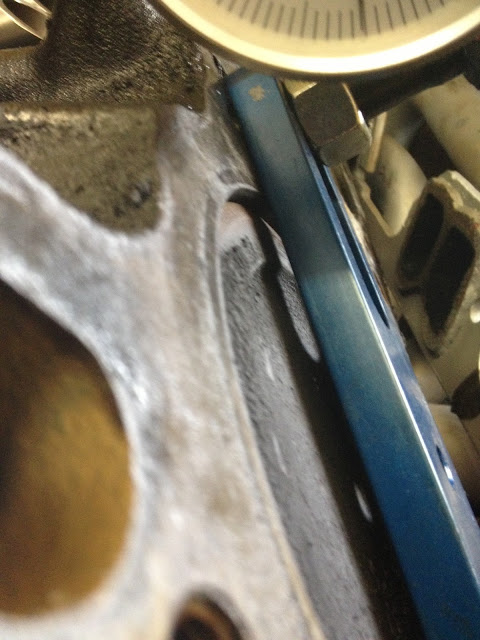BlueDream
Aspiring Mopar enthusiast
I understand his point. Thanks. But I am not talking about the compression he HAS. I am talking about a true 8.5:1. I never once said anything about what compression he has.
I understand completely how Chrysler engines are. They had higher than advertised deck heights, larger than advertised combustion chambers. Those rated at 8.5 were luck to be an actual 8.0. I realize that. I have blueprinted really more engines than I care to remember. lol I was merely saying an honest 8.5 engine is plenty capable in its own right, and I'm stickin with it.
There's simply no reason to build a STREET engine with compression that will push the limits of pump gas wen they will make respectable power with god parts choices.
How would you go about getting a true 8.5:1 compression ratio on this 340? I think somewhere between 8.5:1 and 9:1 would be a good middle ground and would run well on pump gas and would do all I want it to. Would an early 340 piston with a thick head gasket get me in the 9:1 ballpark? Or is it better to keep the 8.5:1 pistons and mill the heads to get a true 8.5:1 compression ratio?

















